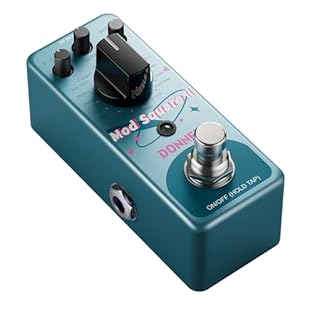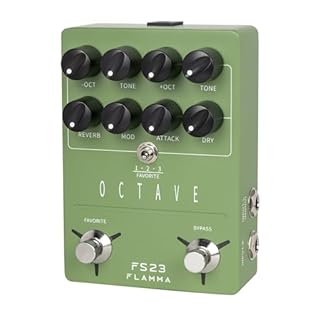Fairfield Circuitry is a boutique pedal company based in Hull, Quebec, Canada, known for its unique and innovative effects pedals designed for guitarists and bassists. Founded by Guillaume Fairfield, the company has gained recognition for its commitment to craftsmanship, creativity, and sonic excellence.
Fairfield Circuitry pedals are revered for their distinctive designs, offering musicians a wide range of effects to explore and incorporate into their music. Each pedal is meticulously handcrafted using high-quality components and features intuitive controls, allowing musicians to easily dial in their desired tones.
One of Fairfield Circuitry’s most acclaimed pedals is the Shallow Water, a dynamic tremolo pedal that simulates the unpredictable behaviour of vintage magnetic tape machines and tube amplifiers. The Shallow Water offers a unique and organic tremolo effect with a touch of modulation, creating lush, swirling textures reminiscent of ocean waves.
Just Pedal Ingredients.
Analogue — An analogue guitar effect pedal is a device used by guitarists to modify the sound of an electric guitar through the use of analogue circuitry.
Unlike digital pedals, which rely on digital signal processing, analogue pedals use components such as transistors, capacitors, and resistors to manipulate the guitar signal in real-time.
This approach often results in a warmer, more natural sound that many musicians find desirable for its organic qualities.. Circuitry. Delay — A delay pedal records your signal and plays it back after a set time, creating echoes that can range from tight, slapback repeats to long, atmospheric trails. It’s one of the most versatile effects, used to thicken tones, add rhythmic depth, or build spacious, ambient layers. Analogue delays offer warm, decaying repeats that blend naturally with your tone, while digital units provide pristine echoes with precise control over time, feedback, and mix levels.
From classic rockabilly and tape-style echoes to modern looping and shimmer effects, delay pedals have become essential tools for shaping sound. They can make solos soar, rhythms pulse, or transform simple chord progressions into cinematic textures. Whether used subtly to add dimension or boldly to create soundscapes, a good delay pedal can completely redefine the feel and atmosphere of your music.. Pedal — Your pedal is like a signature dish for your sound — a flavour-packed creation that transforms the bland ingredients of your guitar into something unforgettable. Each one adds its own seasoning, texture, and heat, turning a simple meal into a feast of tone.
These tasty little boxes sit in a row, like plates on a buffet, letting you mix and match flavours as you play. With one tap of your foot, you can swap sweet for spicy, subtle for smoky, and serve up something completely new. From the comfort food of warm overdrive to the fiery kick of fuzz, from smooth jazz sauce to heavy-metal spice, pedals give players a full menu of options to express their taste. And just like with food — once you’ve tried one dish, you’ll want to sample them all.
Collecting, trading, and discovering new flavours soon becomes part of the joy of being a tone-loving gourmet geek with a guitar..

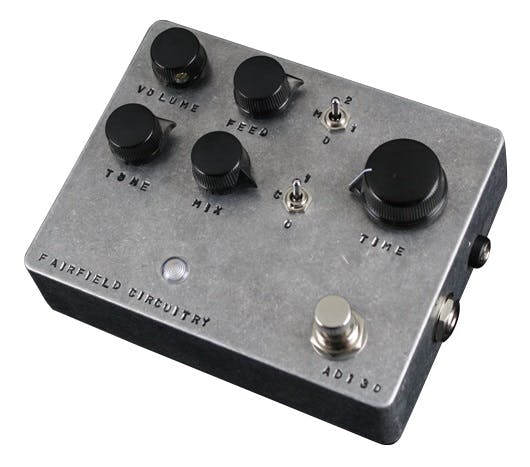
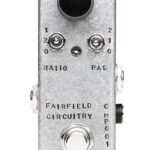
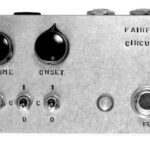
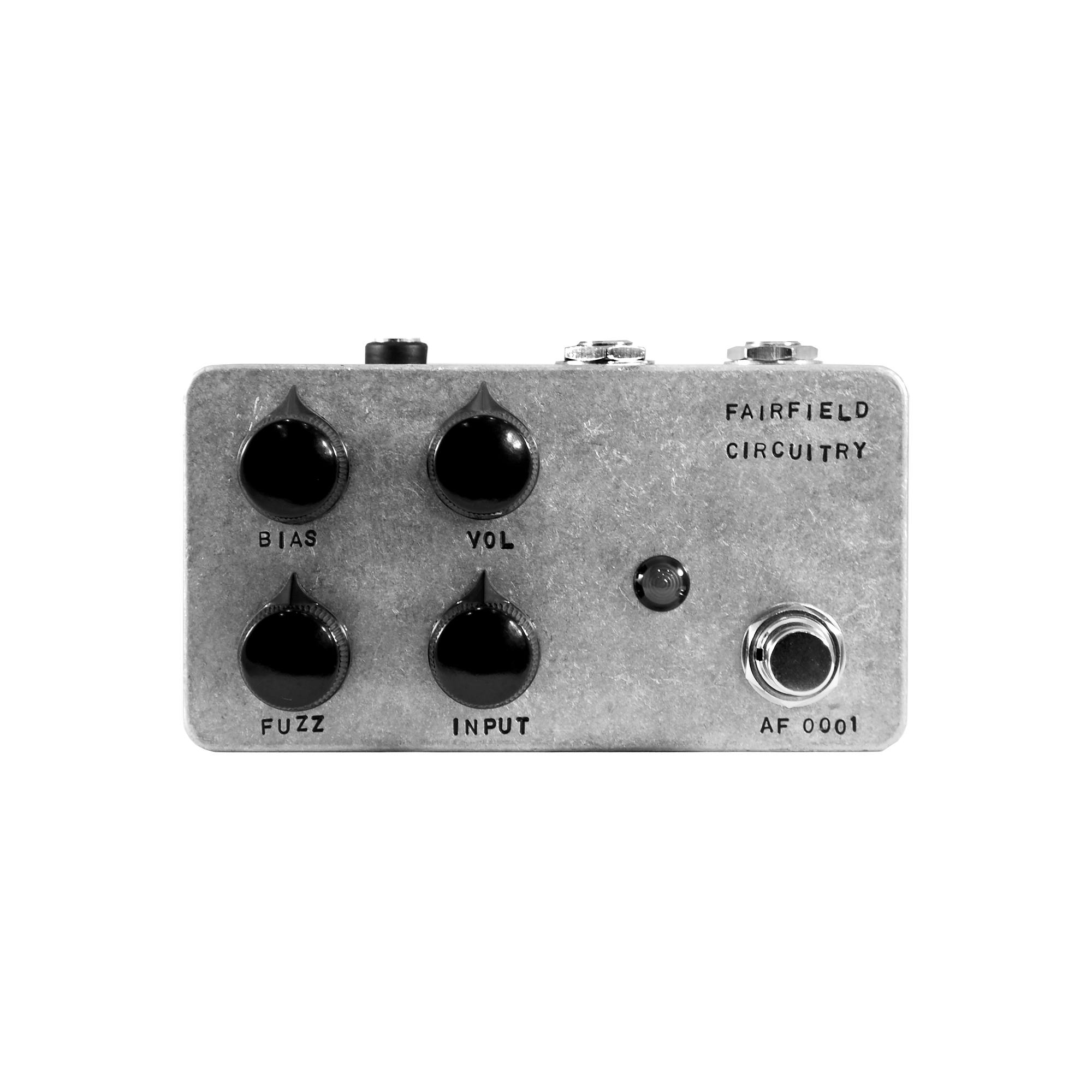

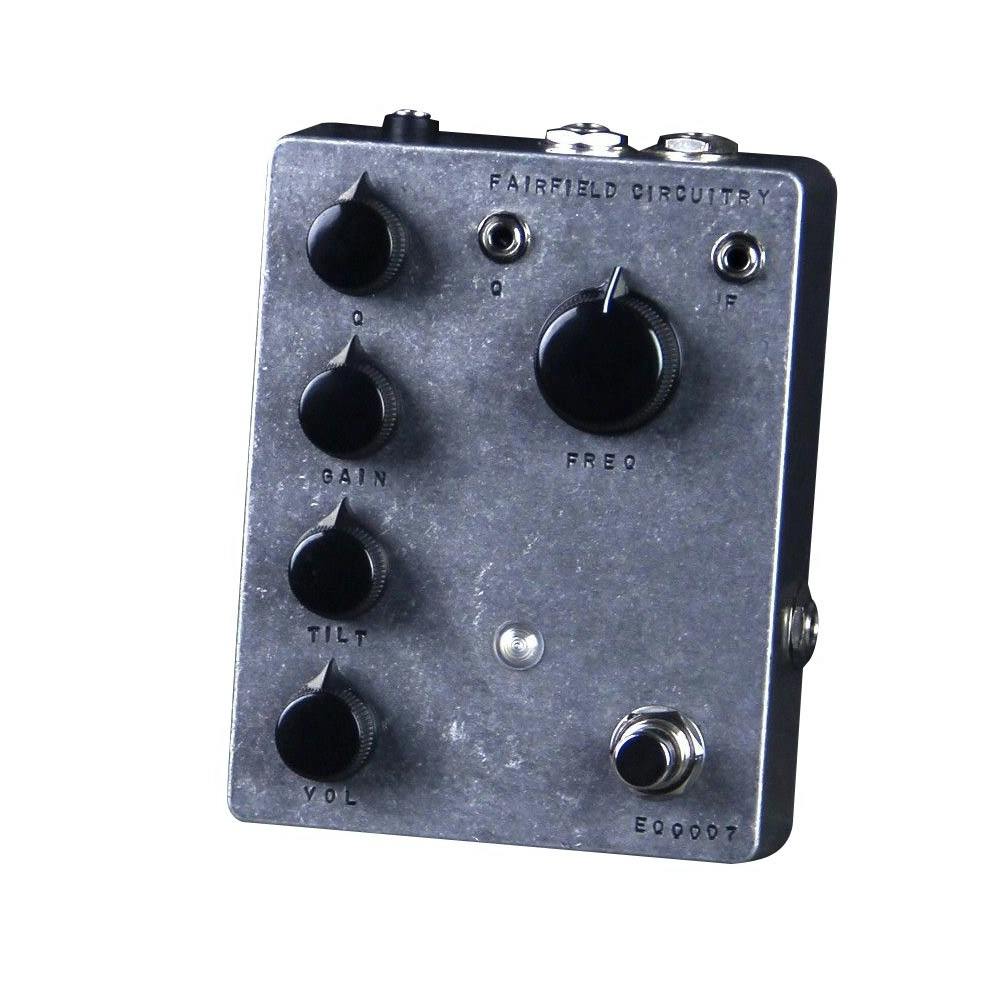

![[7 Delay Modes] 7 delay effects including digital, analog, tape, mod, sweep, lofi and reverse. [3 Knobs] MIX is used to control the dry/effect signal ratio. TIME is used to control the delay time from 20ms ~ 838ms. F.BACK is used to control the feedb...](https://m.media-amazon.com/images/I/41EUFdvIhyL._SL313_.jpg)
